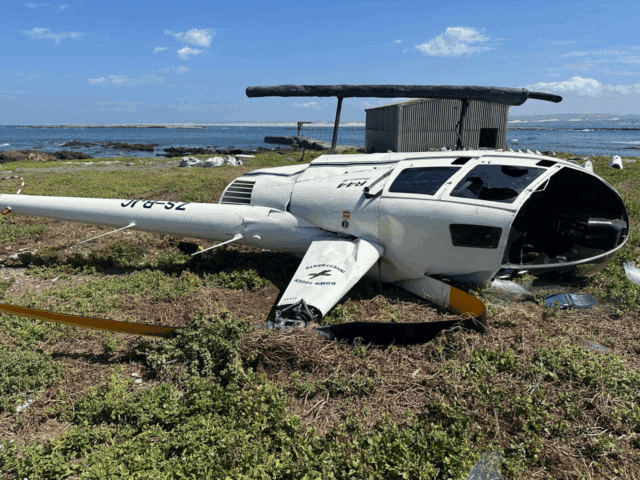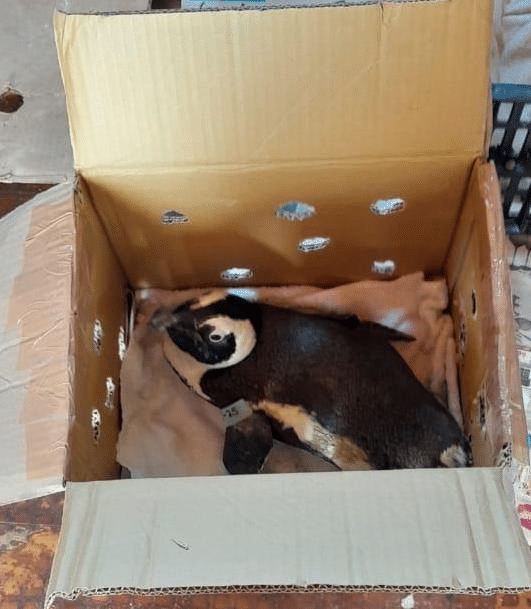On the 19th of January 2025, a Robinson R44 Raven II helicopter registered as ZS-RJC departed Chief Dawid Stuurman Aerodrome (formerly Port Elizabeth Airport) in South Africa’s Eastern Cape province.
The R44 is a four-seat helicopter certified for visual flight rules (VFR) operations only. The pilot held a Commercial Pilot’s Licence and had 1,650 flight hours, with over a thousand hours on type. The commercial flight that day was for a specialist and two additional passengers, to conduct an aerial survey of Bird Island in Addo Elephant National Park.
The pilot had completed a full risk assessment, which included a planned landing on the island.
The weather was good and the short flight to Bird Island was uneventful. After they completed the aerial survey, the pilot found a suitable landing spot and they landed on the island.
The pilot conducted a pre-flight check of the helicopter ready for their return to the aerodrome. The specialist asked if they could transport a penguin back to the mainland. The pilot agreed. It is unclear why they had decided to kidnaptransport the penguin.
They put the penguin into a cardboard box with air holes. The passenger in the left front seat boarded and held the cardboard box containing the penguin in his lap.
After starting the engine, all engine parameters were normal and the pilot advanced the power to 103 RPM for take off.
The helicopter lifted off; however, as it was transitioning to forward flight, at about 15 metres (50 feet) above ground level, the cardboard box slid off the passenger’s lap and into the pilot’s cyclic control.
It turns out penguins make terrible co-pilots, especially when they’re in cardboard boxes.
The box shoved the cyclic pitch control lever across, causing the helicopter to roll sharply to the right. So close to the ground, there was no chance of the pilot recovering control. The main rotor blades struck the ground and the helicopter crashed onto its side, just 20 metres from their departure spot.

Amazingly, no one was injured in the crash. The R44 suffered substantial damage. The pilot, passengers and penguin presumably took a boat back to the mainland.
The South African Civil Aviation Authority’s investigation concluded that the pilot had not followed established safety protocols.
The transportation of the penguin in a cardboard box was not conducted in accordance with Part 127, Subpart 7 of the CAR 2011 as amended.
This regulation requires all equipment, baggage, and articles in the cabin to be “properly secured and stowed.”
The aviation authority recommended:
- Strict adherence to Standard Operating Procedures regarding cargo transport
- Enhanced training on load security for all personnel
- Thorough pre-flight safety briefings so that passengers are clear on the risks involved and the responsibility of both the pilot and the passengers to manage that risk
- When deviating from the plan, the operator should be notified to ensure that the risk assessment is in line with their approved Safety Management System.

The penguin arrived on the mainland safely but was not interviewed as a part of this investigation.
Sometimes aviation risk isn’t about mechanical failures or weather. Sometimes, it’s an unexpected penguin in a cardboard box.



